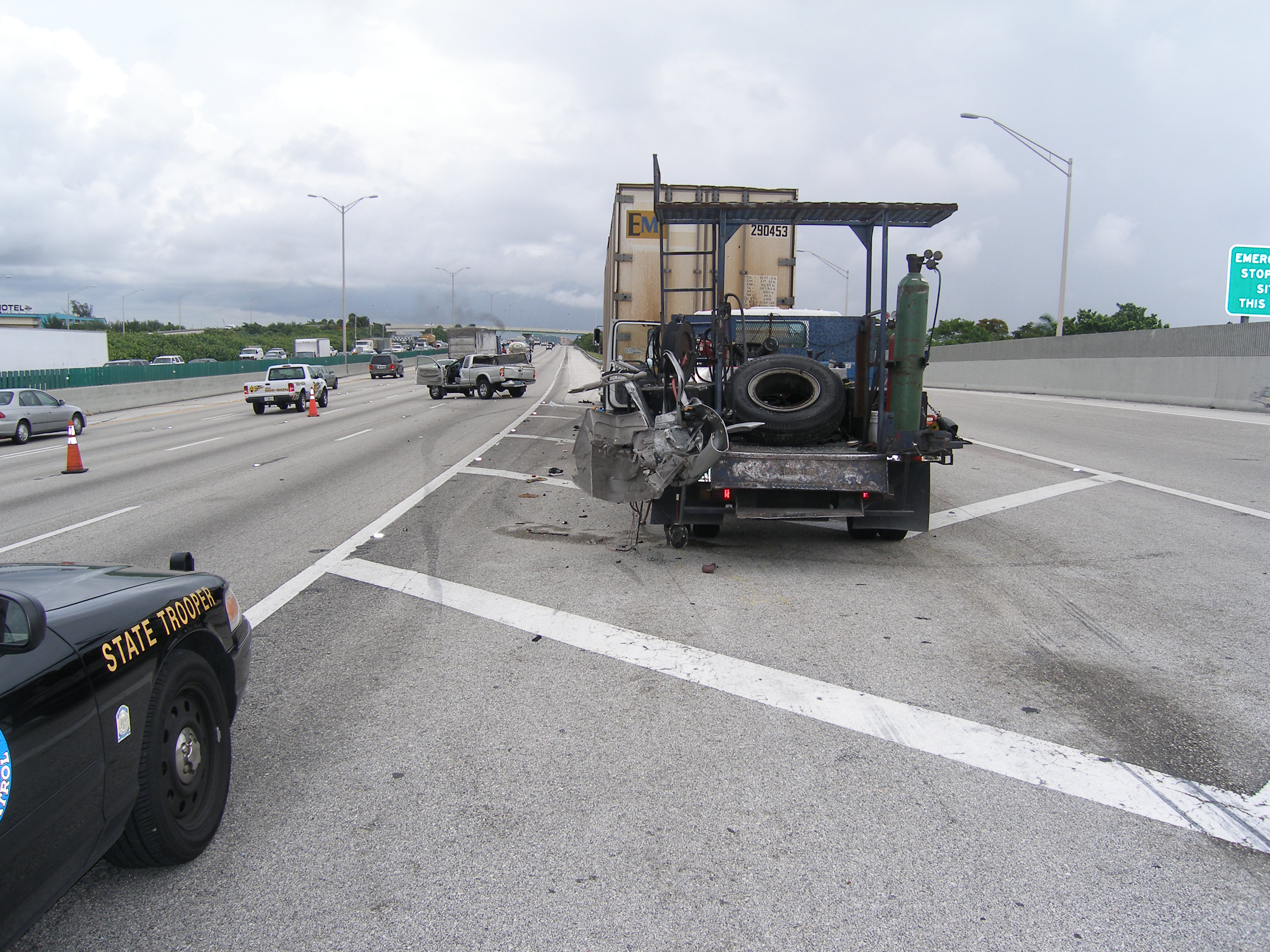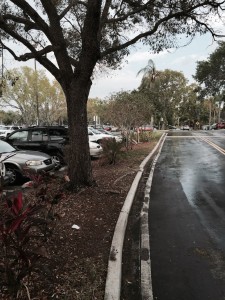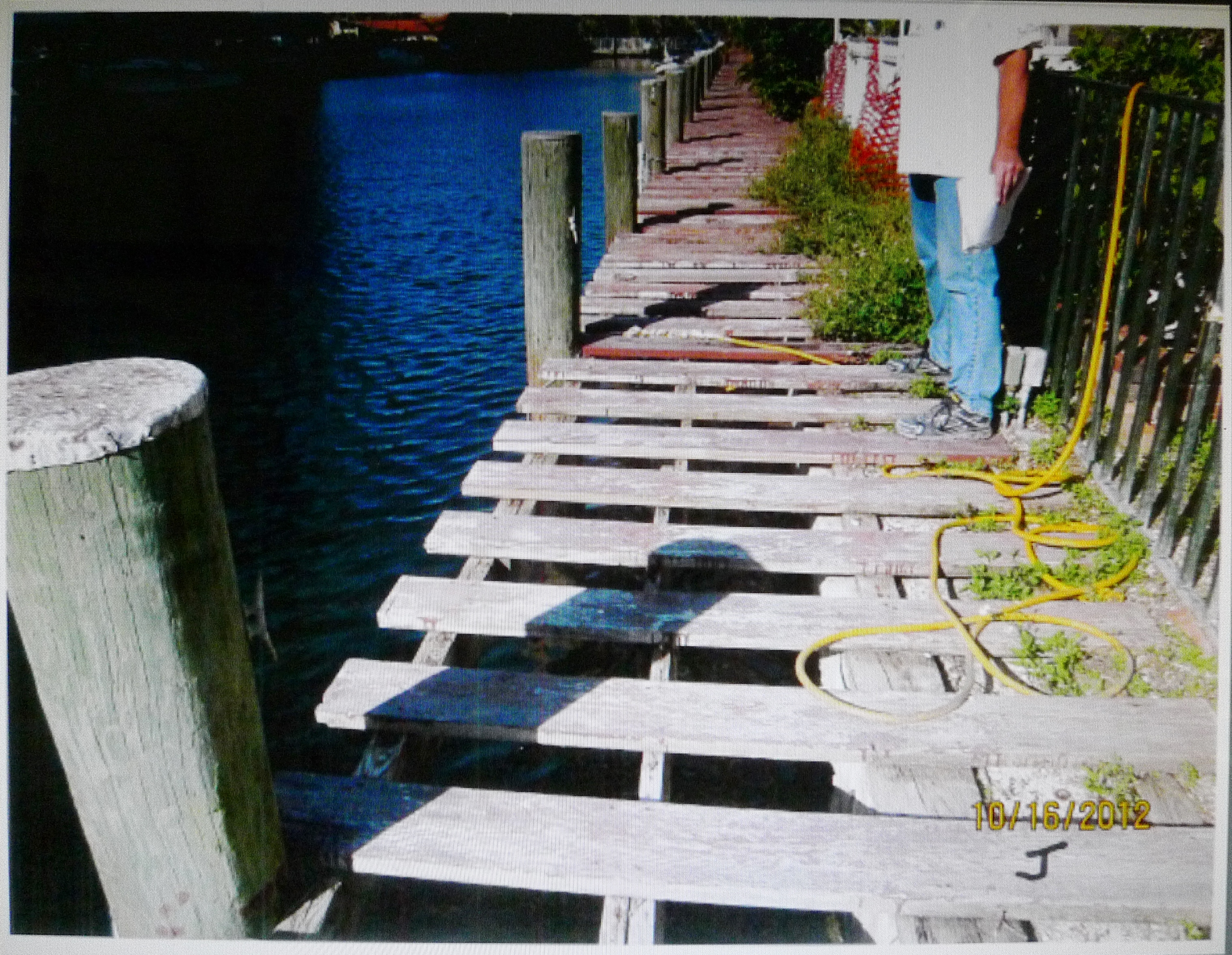 With the exception of strict liability cases, the burden is always on the plaintiff in personal injury cases to prove that the “[defendant’s] negligence probably caused the plaintiff’s injury,” with “probably” being the more likely than not/greater weight of the evidence standard. Gooding v. Univ. Hosp. Bldg., Inc., 445 So.2d 1015, 1018 (Fla.1984); see, also, Standard Jury Instruction – Civil Cases 401.3.
With the exception of strict liability cases, the burden is always on the plaintiff in personal injury cases to prove that the “[defendant’s] negligence probably caused the plaintiff’s injury,” with “probably” being the more likely than not/greater weight of the evidence standard. Gooding v. Univ. Hosp. Bldg., Inc., 445 So.2d 1015, 1018 (Fla.1984); see, also, Standard Jury Instruction – Civil Cases 401.3.
The standard was recently put to the test in Sanders v. Erp Operating Limited Partnership, 157 So.3d 273 (Fla. 2015).
 Florida Injury Attorney Blawg
Florida Injury Attorney Blawg










